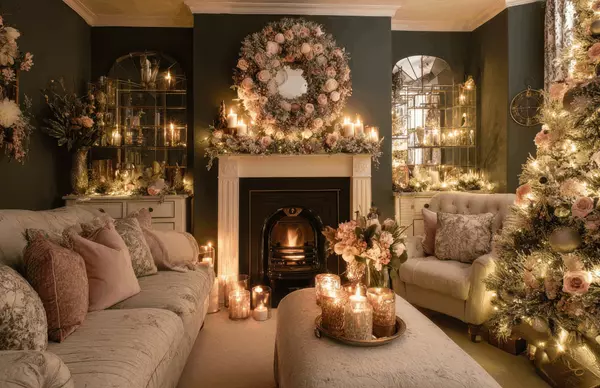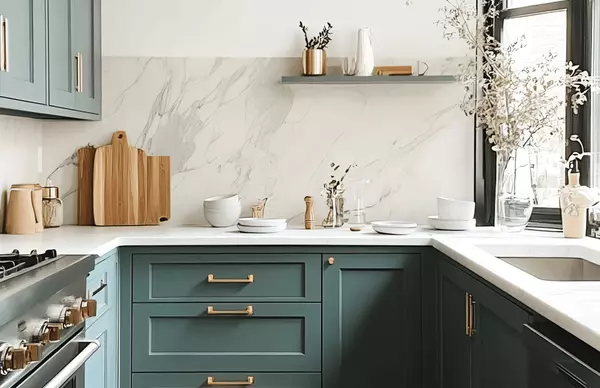How to Design Your Dream Space using Color Theory
 How to Design Your Dream Space Using Color Theory
How to Design Your Dream Space Using Color Theory
Color theory is an interior designer’s secret to selecting the best color combinations for a home, and it’s simpler than you might think. Implement this color theory hack when choosing paint color, furniture colors, and finishes to get the space of your dreams that best matches your aesthetic!
But first- what is color theory? Color theory is the study of hues and how to use them in harmony, and how color can affect the mood and aesthetic of a space or object. In order to apply color theory in a design, an understanding of primary, secondary and tertiary colors as well as shade, tint, and tone, and how they interact with each other is a must. You’ll also need a color wheel to reference.
Color theory is the study of hues and how to use them in harmony, and how color can affect the mood and aesthetic of a space or object. In order to apply color theory in a design, an understanding of primary, secondary and tertiary colors as well as shade, tint, and tone, and how they interact with each other is a must. You’ll also need a color wheel to reference.
- Primary Colors: red, yellow, and blue
- Secondary Colors: green, orange, and purple
- Tertiary Colors: colors made from 1 primary color and 1 secondary color, i.e. blue-green
- Shade - a color to which black has been added
- Tint - a color to which white has been added
- Tone - a color to which both black and white have been added
How to apply color theory in design STEP ONE: Pick a Color Temperature
STEP ONE: Pick a Color Temperature
Take into consideration how you want to feel when you enter a room. The temperature of a room can invoke feelings of joy and passion, or relaxation and creativity. Warmer colors excite the brain while cooler colors tend to relax it. Traditionally, if you opt for a cool temperature, the colors you’ll use are blues, greens, and purples; whereas for a warm temperature, you’ll use reds, yellows, and oranges. Neutral is a temperature choice if you prefer being somewhere in between, whites and creams for relaxation, with blacks and browns for a little excitement. Neutral is a great option for those who want the relaxing vibe of a cool room, but also want the warmth of color. Often we see cool temperature designs in bathrooms and offices, warmer designs in living rooms, dining rooms, and children’s bedrooms, and neutral designs in kitchens and adult bedrooms.
 STEP TWO: Choose a Color Scheme
STEP TWO: Choose a Color Scheme
Now that you know the temperature range of colors, it’s time to choose the specific colors. A good tactic for this step is to consider color combinations known as harmonies.
Harmonies
- Monochrome: 3 shades/tints/tones of the same color for a cool and organized look
- Complementary: 2 colors that are opposites on the color wheel for a bold look
- Analogous: 3 colors side-by-side on the color wheel, for a colorful look without being too busy
- Triadic: 3 evenly spaced colors on the color wheel, for a vibrant look (1 dominant color, 2 accent colors)
- Tetradic: 4 colors evenly spaced on the color wheel, for an even more vibrant look (1 dominant color, 3 accent colors
STEP THREE: Balance Your Palette
Abide by the 60/30/20 rule to determine how much of each color to use. Your dominant color will cover 60% of the room, a secondary hue takes up about 30%, and an accent color tops off the room at 10%. Use this rule when implementing color into every aspect of the design- wall paint, furniture, decor, wall art, and rugs. Also, make sure to take into consideration how the lighting in the space will affect the colors. If there is less natural light in the space, increase the pops of white. If the room is abundant with sunlight, increase the darker accents.
Categories
Recent Posts










GET MORE INFORMATION
